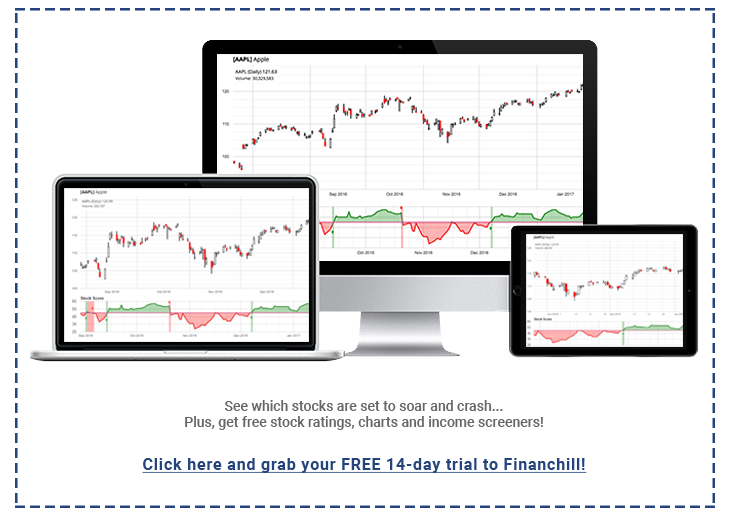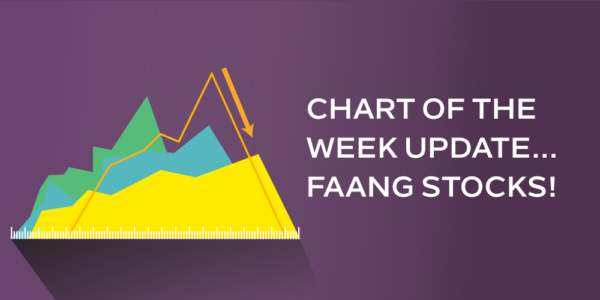
Investing in equities successfully boils down to one task: accurately and consistently predicting the future direction of share prices. But how do you do that when almost every tool you use is backward looking?
Just look at any stock chart to see that all the prices are past prices. The best that most technical analysts can do is posit that past prices will inform where future prices may end up. Flag patterns, trend lines, Bollinger Bands and other technical measures are all used as best-guess approximations of where stocks may go next.
But do predictive analysis methods or tools exist to give you an edge over the average technical chartist?
The short answer is absolutely yes! A reliable method to forecasting future prices over time has been Warren Buffett-style fundamental analysis. Any investment bankers or research analyst in the audience will be familiar with building discounted cash flow spreadsheet models to assess the intrinsic value of a company. Lots of other fundamental techniques methods exist but almost all of them demand the analyst – you – spends days if not weeks gathering income statement and balance sheet data, projecting future revenues, margin expansion or contraction and host of other items. So if fundamental analysis is tedious and time-consuming, do any easier ways to predict future prices exist?
One proxy for figuring out where a stock may be in the future that savvy options traders know well is called delta. Delta is one of the Greeks which are used to model option prices, and experienced traders use it to ‘guesstimate’ where share prices will be by expiration. For example a call option with a delta of 0.25 implies that there is a 25% chance the share price will reach the level of the call strike price by expiration day. This can be helpful in assessing where a stock may be from a probability standpoint but it’s not really a good gauge of whether the stock actually will move higher or lower. After all, for each call option with a 25% probability, a put option exists too that implies a 25% chance the share price will fall to a lower level!
With ever increasing data, tools providers are doing a better job of solving the problem for retail traders. Tools that used to be in the hands of sophisticated traders are increasingly accessible to the regular Joe or Jane Trader from the comfort of their living rooms. Here are some of the ones we like which you could consider exploring:
- Financhill offers a free chart platform that allows you to virtually peer into the future to see where stocks are headed next; seasonal charts are created that aggregate all historical trends to produce a simple view of where stocks may be headed next.
- inteliCharts is a quantitative modeling tool used for financial time series forecasting. The system looks to exploit symmetries in time series financial data.
- Iknowfirst is a financial services firm that uses a self-learning algorithm to analyze, model and ultimately predict stock market prices.
Start with Financhill!
Beginner and intermediate traders on the hunt for an easy-to-use, highly intuitive predictive analytic tool suite should start with Financhill.
Its interface is as simple to navigate as Google’s search engine and more importantly, within seconds of entering a stock symbol, the user is treated to a visual charting solution unlike any other where past prices and estimated future prices connect to show the most likely upcoming trend based on past history.











